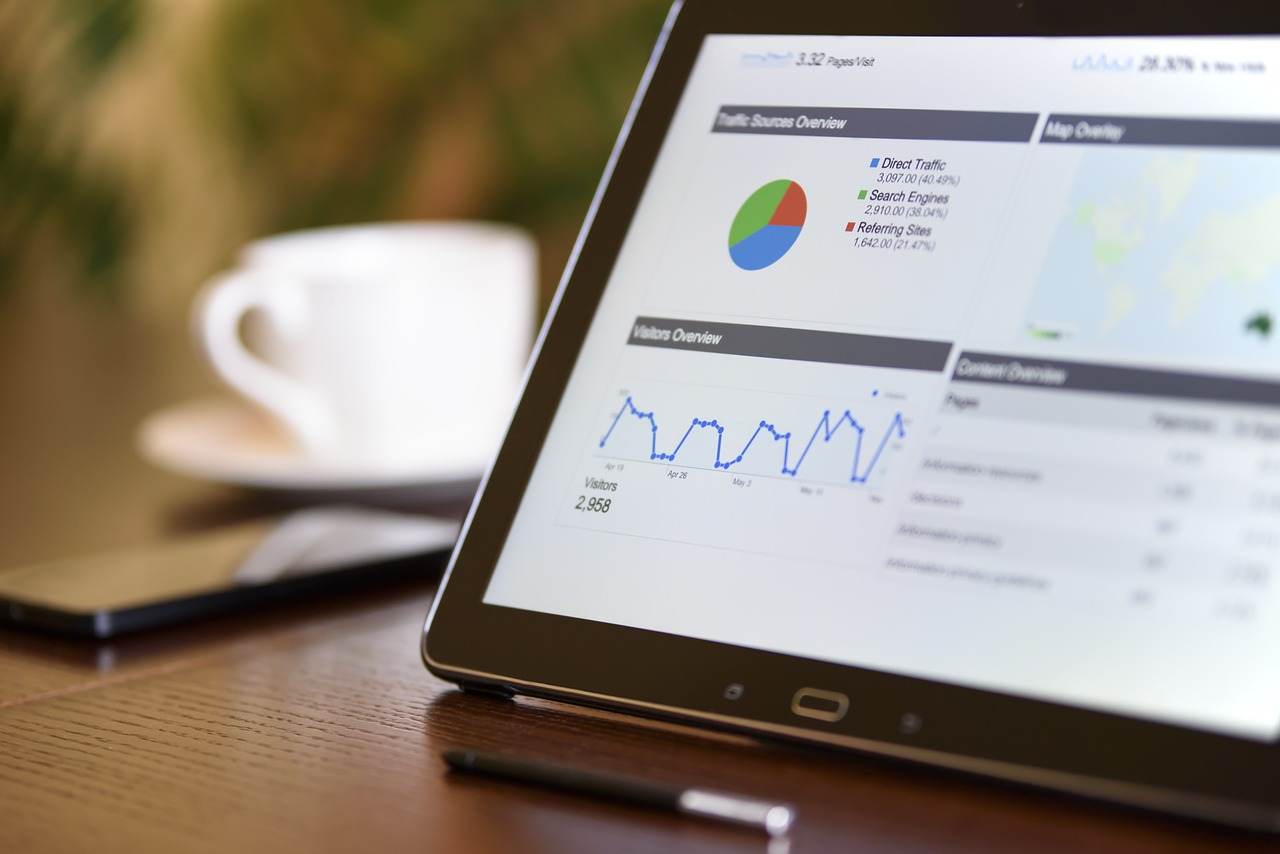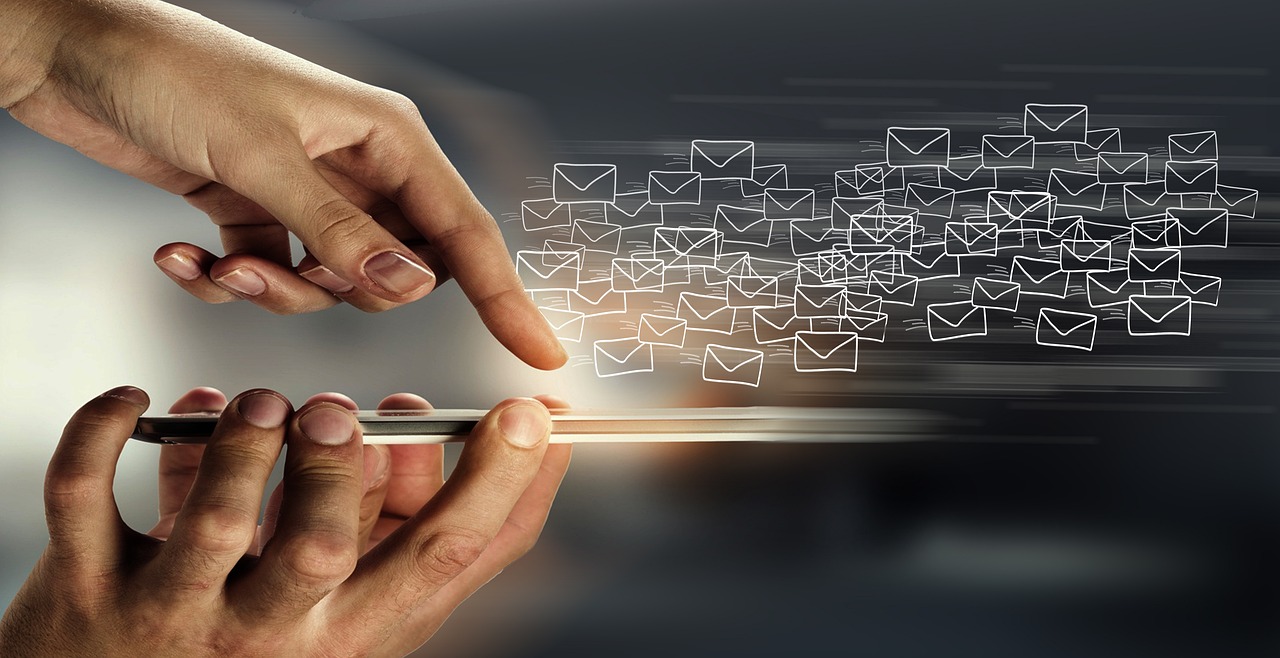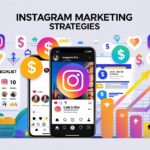Email marketing isn’t just another tool in a marketer’s arsenal—it’s the powerhouse. Whether you’re running a small business or managing a global brand, email marketing offers a direct and personal way to connect with your audience. Let’s dive into the ultimate guide to mastering email marketing.
1. Introduction to Email Marketing
What is Email Marketing?
Email marketing refers to the process of sending commercial or informational messages directly to people’s inboxes. It’s a way to promote your products, share valuable content, or nurture relationships with potential and existing customers. Unlike social media or paid ads, email marketing gives you complete ownership of your communication channel.
Think of it this way: you’re building a personal connection. Whether it’s a warm “Welcome to our brand!” email or a compelling “Limited Time Offer” message, email marketing ensures your voice reaches your audience effectively.
Importance of Email Marketing in Modern Business
Why should you invest in email marketing? Simple—it’s one of the most cost-effective and impactful methods out there. According to studies, for every $1 spent on email marketing, businesses can expect an average return of $36. It’s a high-ROI marketing tool that beats many other digital strategies.
But it’s not just about money—it’s about building trust and nurturing relationships over time. Unlike social platforms, where algorithms decide what your audience sees, emails land directly in their inbox. This makes email marketing essential for businesses aiming to stay in control of their outreach.

2. Benefits of Email Marketing
Direct and Personalized Communication
Email allows you to craft messages tailored to your audience’s preferences. From using their first name in the subject line to sending offers based on their browsing behavior, personalization is key to engagement.
High ROI Potential
Emails are affordable to send, and when done right, they convert like a charm. With detailed analytics available, you can fine-tune your campaigns for optimal results.
Building Long-Term Customer Relationships
Email marketing is a tool for the long haul. It helps keep your audience engaged with newsletters, exclusive offers, and updates. Over time, this builds loyalty and drives repeat business.
3. Types of Email Marketing Campaigns
Welcome Emails
First impressions matter! A welcome email is your opportunity to greet new subscribers and introduce your brand’s tone and personality.
Promotional Emails
These are the sales drivers—think discounts, special offers, and limited-time deals that urge subscribers to take action.
Newsletters
Sharing regular updates, industry news, or valuable insights helps keep your audience informed and connected with your brand.
Re-engagement Campaigns
Dormant subscribers? Bring them back to life with compelling offers or “We Miss You” campaigns that reignite their interest.
4. Crafting a Successful Email Marketing Strategy
Defining Goals and Objectives
Every email marketing campaign should have a clear goal. Are you aiming for more sales? Newsletter sign-ups? Event registrations? Identifying these helps shape your strategy.
Understanding Your Target Audience
Knowing your audience is the cornerstone of effective marketing. Use analytics to understand demographics, behavior, and preferences, so you can tailor your content accordingly.
Designing a Lead Magnet
People won’t hand over their email addresses without a good reason. Create lead magnets like eBooks, discounts, or free trials to encourage sign-ups.
5. Building and Managing an Email List
Ethical Ways to Grow Your Email List
Avoid shortcuts like buying email lists. Instead, grow your list organically through website pop-ups, social media promotions, and gated content.
Importance of Segmentation
Segmentation means dividing your email list into smaller groups based on shared characteristics. It allows you to send more relevant emails, which leads to better engagement.
Maintaining List Hygiene
Regularly clean your email list by removing inactive or invalid email addresses. A cleaner list ensures better deliverability and keeps you out of spam folders.
6. Writing Compelling Email Content
Crafting Engaging Subject Lines
The subject line is the first thing your subscribers see, and it determines whether they’ll open your email or skip it. Think of it as your email’s headline—it has to grab attention immediately. Use curiosity, urgency, or personalization to make an impact. For example, “You’re Missing Out on This Exclusive Deal!” or “Hi [Name], Your Next Big Opportunity Awaits!”
A pro tip? Keep it short and snappy—ideally under 50 characters. Add emojis sparingly to make it visually appealing but not overdone.
Personalization for Higher Open Rates
People crave personal connections, even in digital communication. Addressing a recipient by their name and referencing their previous interactions with your brand can make a world of difference. For instance, “Hi John, we noticed you loved our summer collection—here’s 20% off your next purchase!” feels much more tailored than a generic “Dear Customer.”
Personalization extends beyond names; consider location-based offers or behavior-driven recommendations. These small touches create a sense of relevance and value for the reader.
Structuring Emails for Readability
Nobody likes walls of text. Break your email content into smaller paragraphs with clear headers, bullet points, and plenty of white space. Make your call-to-action (CTA) buttons easy to spot with actionable phrases like “Shop Now,” “Learn More,” or “Claim Your Free Gift.”
Use a conversational tone, avoid jargon, and focus on providing value in every email. The goal is to engage, inform, and motivate action—not overwhelm your readers.
7. Designing Eye-Catching Emails
Role of Visuals in Email Design
A picture is worth a thousand words, and in email marketing, visuals can make or break your campaign. High-quality images, GIFs, and infographics can grab attention and convey your message faster than text alone. For example, showcasing a product with a vibrant image can entice readers to click through to your website.
However, balance is key. Too many visuals can slow down load times, leading to frustrated subscribers.
Using Responsive Templates
With over half of all emails opened on mobile devices, your email design must be responsive. This means it should adapt seamlessly to different screen sizes. Use templates from platforms like Mailchimp or Constant Contact to ensure your emails look great on both desktop and mobile.
Balancing Text and Visuals
While visuals are crucial, don’t neglect your text. Your email should maintain a balance between eye-catching design and clear, actionable content. Aim for a 60/40 split—60% visuals and 40% text. This ensures your message gets across even if images don’t load.
8. Automation in Email Marketing
Benefits of Automation Tools
Automation is a game-changer for email marketing. It saves time, ensures timely communication, and enhances the user experience. For instance, tools like HubSpot, ActiveCampaign, and Mailchimp allow you to set up automated workflows like welcome series, cart abandonment emails, and birthday discounts.
Examples of Automated Campaigns
Automated campaigns include:
- Welcome Series: A series of emails introducing your brand to new subscribers.
- Cart Abandonment Emails: Gentle nudges reminding users about items left in their cart.
- Follow-Up Emails: After a purchase or interaction, these emails keep the conversation going.
Setting Up Drip Campaigns
A drip campaign is a series of pre-written emails sent automatically over time. It’s like a guided journey for your subscribers, gradually nurturing them toward a goal—whether that’s making a purchase, signing up for a webinar, or downloading a resource.
For example, if someone signs up for your newsletter, your drip campaign might look like this:
- Day 1: Welcome email introducing your brand.
- Day 3: Share a blog post or free resource.
- Day 7: Offer a discount or exclusive deal.
9. Metrics to Track and Improve Performance
Open Rates and Click-Through Rates
Open rates tell you how many recipients opened your email, while click-through rates (CTR) measure how many clicked on your links or CTAs. Both are crucial for assessing the effectiveness of your campaigns.
Boost open rates with compelling subject lines, and improve CTRs by making your CTAs clear and enticing.
Conversion Rates
This metric shows how many people took the desired action after opening your email, such as making a purchase or signing up for an event. If conversion rates are low, consider refining your content or improving the landing page experience.
Reducing Bounce and Unsubscribe Rates
High bounce rates (emails that can’t be delivered) and unsubscribes can hurt your campaigns. Maintain a clean email list by removing invalid addresses and regularly checking engagement. Additionally, make it easy for users to opt-out—forcing them to stay only creates negative brand sentiment.
10. Compliance and Best Practices in Email Marketing
Understanding GDPR and CAN-SPAM
Compliance isn’t optional; it’s a legal necessity. GDPR (General Data Protection Regulation) in Europe and CAN-SPAM in the US dictate how you can collect, store, and use subscriber information. Violations can lead to hefty fines and damage your reputation.
Gaining Consent from Subscribers
Always use double opt-ins (where users confirm their subscription) to ensure you have explicit consent. Avoid shady tactics like pre-checked boxes or hiding terms in small print.
Avoiding Spam Filters
To keep your emails out of spam folders, avoid spammy phrases like “FREE!!!” or excessive exclamation points. Authenticate your domain with SPF, DKIM, and DMARC, and keep your emails relevant to the audience.
11. Common Mistakes to Avoid in Email Marketing
Overloading Subscribers with Emails
Nobody likes to be bombarded with emails. Sending too many emails can lead to higher unsubscribe rates. Aim for quality over quantity—every email should provide value.
Ignoring Mobile Optimization
With mobile dominating email opens, neglecting mobile optimization is a huge mistake. Always preview your emails on mobile devices before sending them out.
Using Unclear Call-to-Actions
If your readers don’t know what action to take, they won’t take any. CTAs should be specific, actionable, and easy to find. For instance, “Shop the Sale” is much clearer than “Click Here.”
12. Case Studies of Successful Email Marketing Campaigns
Company X: The Power of Personalization
Company X, a well-known online retailer, utilized personalization to skyrocket their email marketing results. By leveraging customer data, they sent emails with product recommendations based on individual browsing history and past purchases. For example, instead of a generic email promoting “New Arrivals,” they sent “John, here are your top picks for the season.”
The result? A 25% increase in click-through rates and a 30% boost in overall sales. Personalization created a sense of exclusivity and relevance that resonated with their audience.
Brand Y: A/B Testing for Success
Brand Y, a growing SaaS company, implemented A/B testing to refine their email campaigns. They tested various elements, including subject lines, CTAs, and visuals. For instance, one subject line read, “Boost Your Productivity Today,” while the other read, “Struggling with Time Management? We’ve Got You Covered.”
The more specific subject line outperformed the generic one by 18%. Regular A/B testing helped them optimize future campaigns, resulting in a 15% increase in open rates and improved engagement.
Startup Z: Re-engaging Dormant Subscribers
Startup Z, a subscription box service, faced a common challenge—dormant subscribers. To address this, they launched a re-engagement campaign titled “We Miss You!” offering a 20% discount for returning customers.
They also included a playful GIF and a CTA reading, “Claim Your Discount Now!” The campaign revived 12% of inactive subscribers, many of whom became repeat customers. This strategy proved that with the right approach, even dormant leads can be turned into loyal customers.
13. Future Trends in Email Marketing
AI and Predictive Analytics
Artificial intelligence is revolutionizing email marketing. Tools powered by AI can analyze vast amounts of data to predict customer behavior, optimize send times, and even craft personalized email content. Imagine sending an email to a customer with exactly what they’re searching for—before they even realize it themselves!
Predictive analytics also helps identify trends, allowing marketers to stay ahead of the curve and deliver value at the right time.
Interactivity in Emails
Static emails are giving way to interactive ones. Features like clickable carousels, in-email surveys, and embedded videos enhance engagement and make emails feel more dynamic. For example, instead of a simple product image, users can swipe through a mini-gallery without leaving their inbox.
Integration with Omnichannel Strategies
Email marketing is no longer a standalone strategy. Future campaigns will integrate seamlessly with social media, SMS, and even chatbots to create a unified customer experience. For instance, an abandoned cart email could include a link to a Facebook Messenger reminder or an SMS follow-up.
14. Tools to Enhance Your Email Marketing
Email Marketing Platforms
Platforms like Mailchimp, Constant Contact, and Klaviyo make it easy to design, send, and track email campaigns. They offer pre-designed templates, automation tools, and analytics to optimize your efforts.
Tools for Analytics and Insights
Google Analytics, HubSpot, and ConvertKit provide deeper insights into your campaigns. They help track open rates, conversion rates, and other key metrics to evaluate performance.
Design and Automation Tools
Tools like Canva for visuals and Zapier for automation integrations can significantly improve the efficiency and appeal of your campaigns. Canva helps you create stunning graphics, while Zapier automates workflows between apps, saving you time and effort.
15. Final Tips for Mastering Email Marketing
Testing and Iterating Your Campaigns
Success in email marketing is all about continuous improvement. Test different subject lines, CTAs, and designs to see what resonates best with your audience. Use the results to fine-tune future campaigns.
Staying Updated with Industry Trends
Email marketing is constantly evolving. Stay informed by following industry blogs, attending webinars, and experimenting with emerging trends.
Continuous Learning and Improvement
The most successful marketers are lifelong learners. Keep honing your skills, exploring new tools, and analyzing your results to stay ahead in the game.
Conclusion
Email marketing remains one of the most powerful tools for building connections, driving sales, and growing your business. By focusing on personalization, design, and data-driven strategies, you can create campaigns that not only capture attention but also convert readers into loyal customers. Remember, success doesn’t come overnight—experiment, learn, and adapt to unlock the full potential of email marketing.





